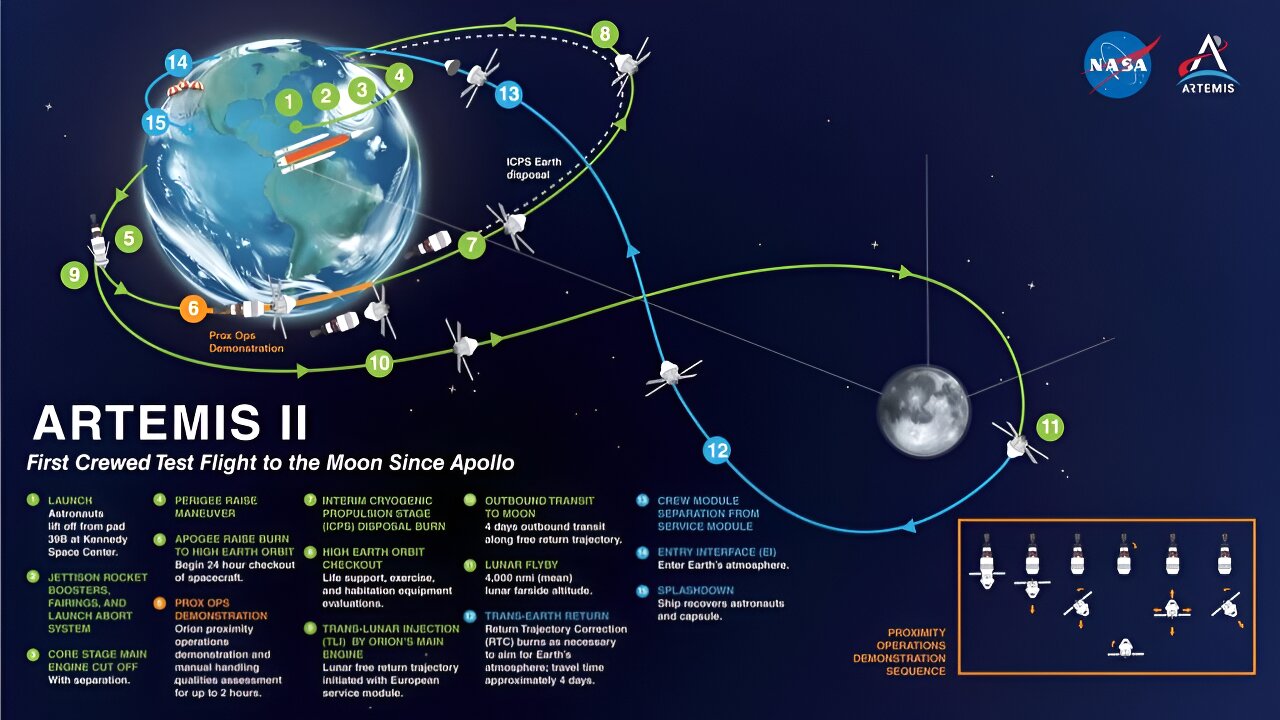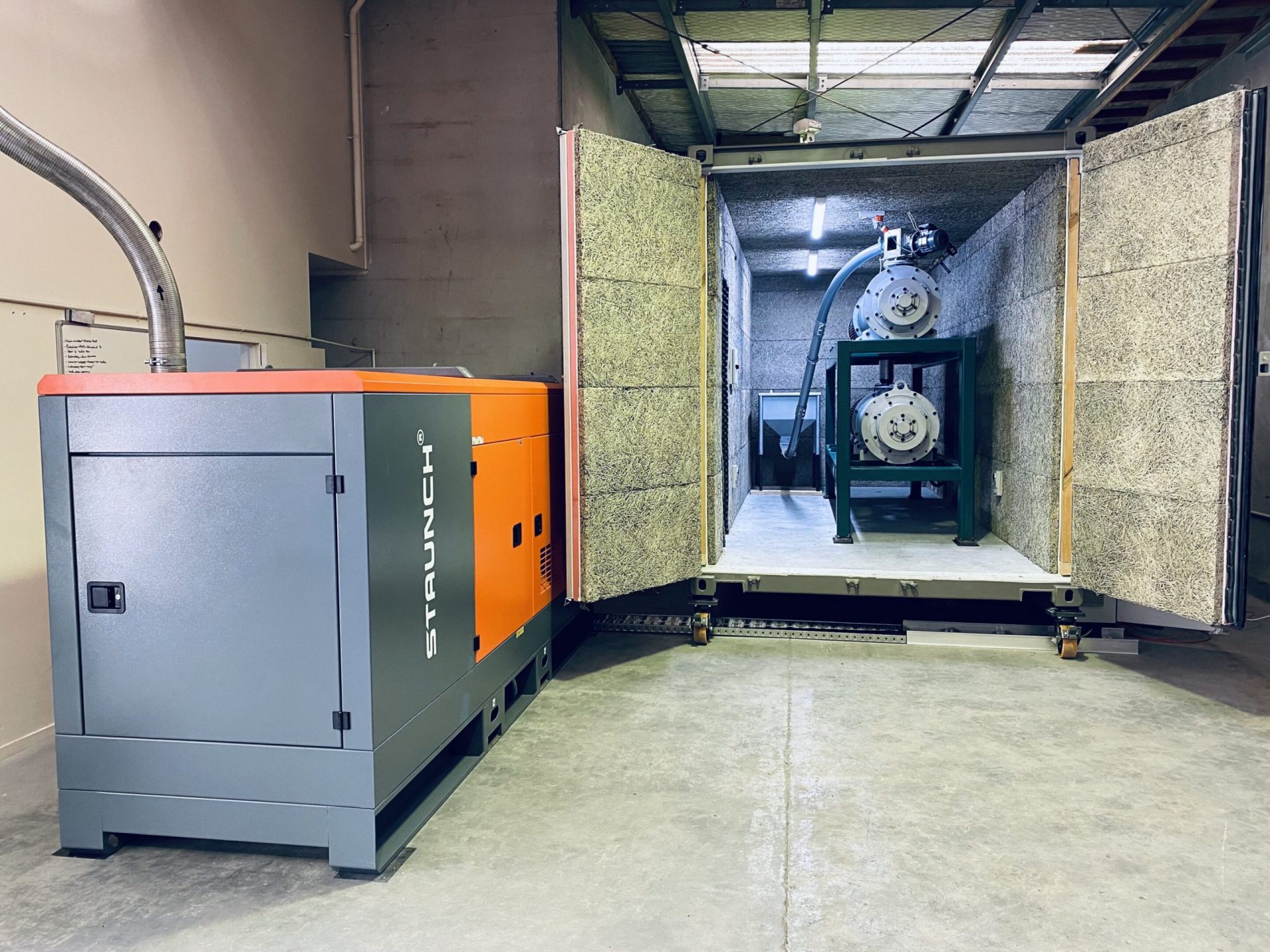Get ready for an exciting era of lunar exploration! Multiple space agencies, including NASA, are planning to send astronauts, cosmonauts, and taikonauts to the moon in the coming years. The goal? To establish a permanent human presence on our celestial neighbor. But it’s not just governments that are interested in the moon. Companies and non-government organizations (NGOs) are also joining the race, with dreams of lunar tourism, mining, and even creating an International Moon Village. However, all these plans require a lot of cargo and freight moving between Earth and the moon, which is no easy task.
That’s where a team of U.S./UK researchers comes in. They recently released a research paper on the preprint server arXiv that explores the best trajectories for traveling between Earth and the moon. Led by Professor Emeritus Thomas Carter and Professor Mayer Humi, the team examined how a shuttle could transport supplies to a lunar outpost and bring back resources from the surface. Their calculations led them to conclude that an elliptical orbit trajectory with minimal thrust requirements would be optimal.
In the past, NASA and the Soviet space program used free-return trajectories for moon missions. These trajectories took advantage of the moon’s gravitational pull to bring the spacecraft back to Earth with minimal adjustments. The upcoming Artemis missions will follow a similar path, performing figure-eight flights that end with a “splashdown” in the ocean.
But the ultimate goal is to establish a permanent human presence on the moon. To achieve this, a cost-effective solution is needed. Launching heavy payloads from Earth to the moon is inefficient and expensive. That’s why the researchers propose a shuttle that would orbit both Earth and the moon, acting as a docking station for capsules carrying supplies and resources. By avoiding the need to lift large loads from Earth or the moon, this approach could save a significant amount of money and resources.
Of course, keeping the shuttle in orbit requires engines and propellant. While not as massive as the thrusters needed to escape Earth’s gravity, these components still add weight and cost to the mission. The researchers found that a circular, elliptical orbit with minimal thrust for course corrections would be the optimal trajectory. This type of shuttle and trajectory is crucial not only for establishing a permanent human presence on the moon but also for creating a thriving Earth-moon economy.
With plans for a permanent lunar outpost and the potential for resource extraction, including the highly sought-after helium-3 for fusion reactors, the moon holds great promise for the future. However, the researchers acknowledge that further testing and verification are needed to confirm their findings. As they state in their conclusions, while their results may seem intuitively clear, they are not necessarily obvious.








